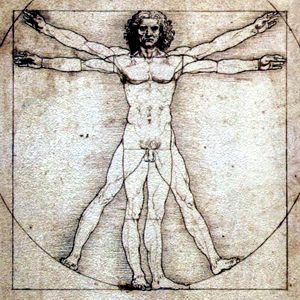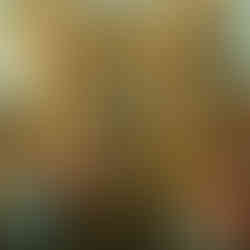Renaissance Art - History, Causes, Artists, Sketch
- artedelic
- Sep 23, 2015
- 3 min read
AIP2, Session 3
RENAISSANCE ART - a distinct style that emerged in Italy in the 1400s, in parallel with developments in philosophy, literature, music and science.
RENAISSANCE is French for "rebirth".
Its art revived the principles of classical Greek art; universal, noble, new and confident. It was driven by the notion of "humanism", which encouraged the emergence of the individual, mundane figures in place of stereotypical or symbolic figures. It reflected the growing idea that man, not god or fate, controlled human destiny. An example of this would be the Mona Lisa by Leonardo Da Vinci, in which the subject is Lisa del Giocondo, the ordinary wife of silk merchant Francesco del Giocondo. This style of classical realism remained unchallenged until Pablo Picasso and cubism.
FACTORS THAT LED TO THE RISE OF RENAISSANCE ART
Prosperity in Europe
- Italy, Venice and Geneva had grown rich out of trade with the Orients (China etc.), was greatly influenced by the wealthy and art-conscious Medici family.
- Invention of printing created an impatience at the slow progress of change (esp. in Italy)
- Increased wealth provided financial support for a growing number of commissions of large public & private art projects.
Weakness of the Church
- allowed the spread of humanism
- prompted popes like Pope Julius II to spend extravagantly on architecture, sculptures and paintings to strengthen the church's influence
An Age of Exploration
- Everywhere there was a general desire to explore all aspects of nature and the world. There were new sea routes, colonies, continents, new methods and knowledge, and a growing desire to study and imitate nature.
LEONARDO DA VINCI (15 Apr 1452 - 2 May 1519)
Dubbed by historians as THE Renaissance Man, Da Vinci was an Italian polymath who had many interests, including, but not limited to: inventing, painting, sculpting, music, literature, botany, history, etc. The methods he employed were considered unorthodox in his time (such as digging up dead bodies).
ALESSANDRO BOTTICELLI (20 Apr 1446 - 17 May 1510)
Also known as Sandro Botticelli, his works were seen to represent the linear grace of Early Renaissance painting, a large improvement from gothic art's flat backgrounds.
TITIAN (c.1488 - 27 Aug 1576)
Titian was one of the most versatile of Italian painters, with works spanning from portraits to landscapes to mythological or religious subjects. A master of colours, subtle tones and loose brushwork created a feeling of unrest and motion in his paintings.
CHARACTERISTICS OF RENAISSANCE ART
- darker and richer colour palettes
- more depth, use of linear perspective, backgrounds matter as much as the subjects in adding to the painting's atmosphere
- more lifelike models, faces show different personalities and emotions
- not restricted to religious subjects, features ordinary people as well
- greater understanding of the human body, especially since the use of female models became more popular
- portraits and usually sombre, 3/4 view or profile view of most subjects, faces are exaggerated to meet beauty standards--high forehead, plump eyelids, carved mouth, noble features etc.
- non-hierarchical positions, each "supporting figure" is different and not clones of each other
At the final of each research, we are to create a sketch of our own re-interpretation of the era, and here is mine:

Face and body position study: the body is leaning slightly forward, so as to be attentive of the viewer, and the face is calm and mysterious, with a straight nose, rounded eyes, and curved lips, as is classical in that era.

Hand holding a mango sketch, the mango is crucial for the concept of the art, as can be seen in the next session...


















Comments